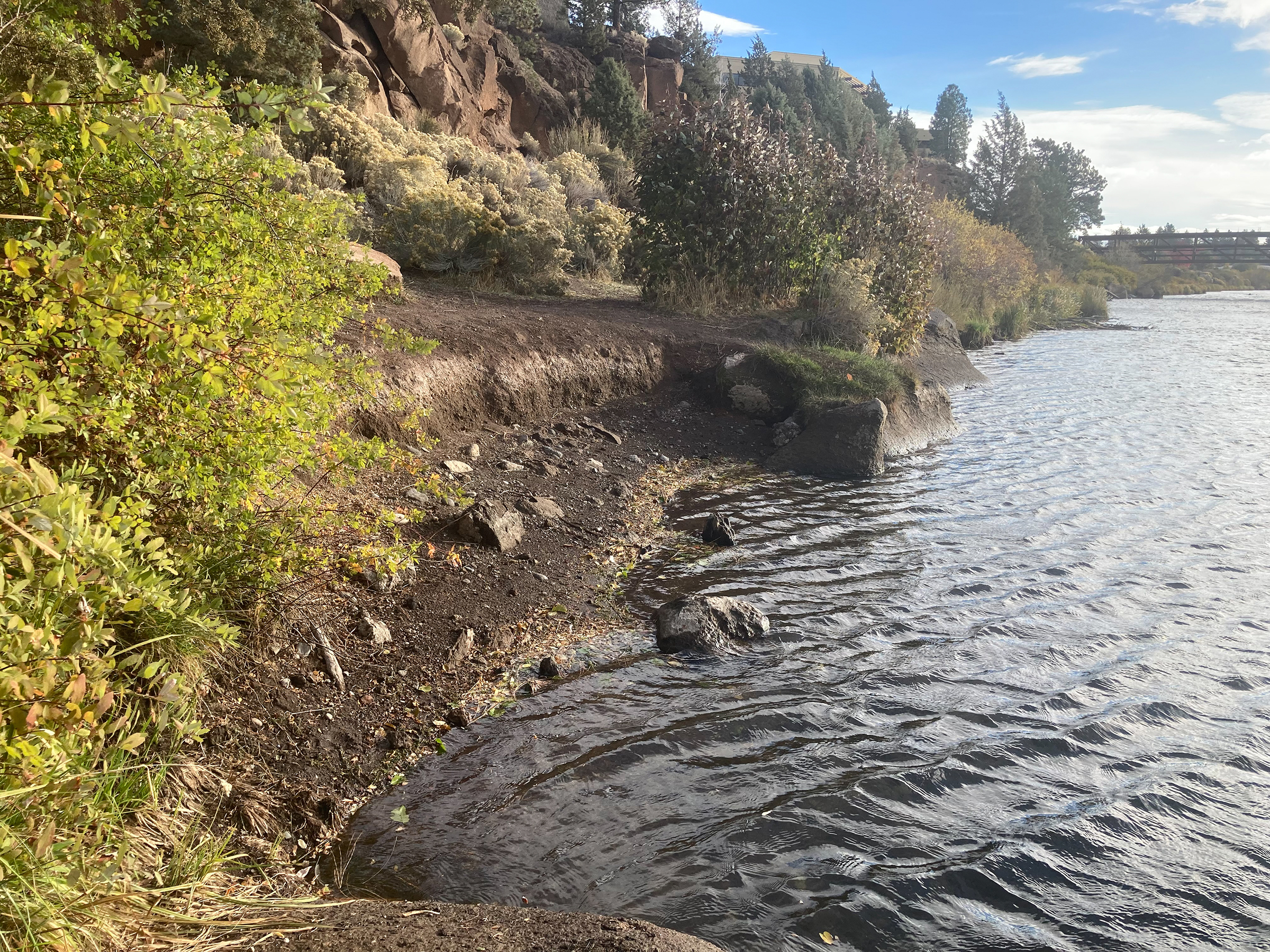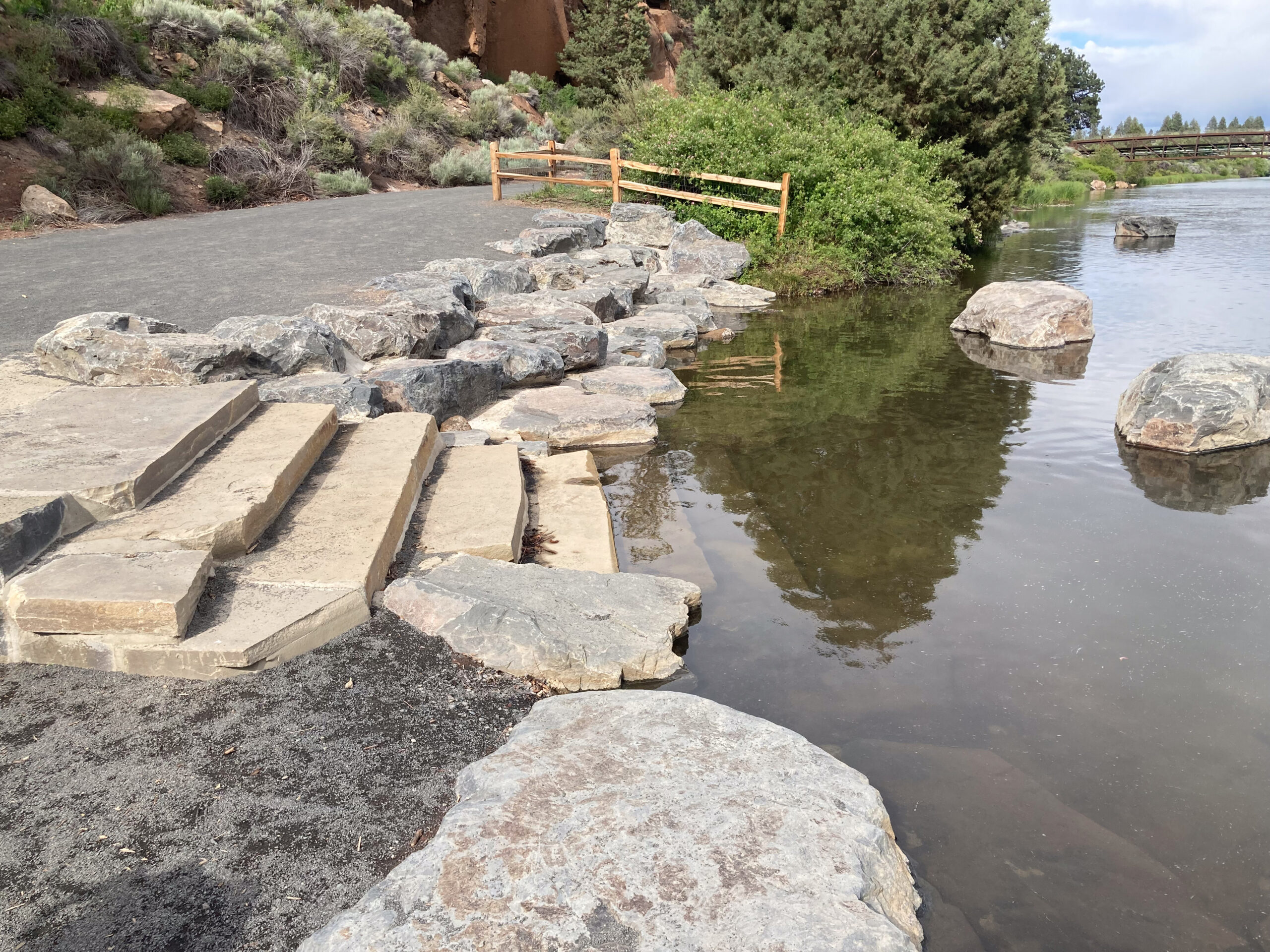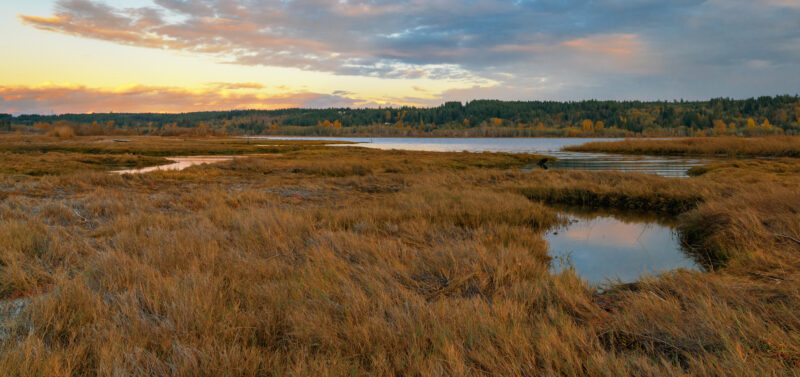The four proposed rules could amount to a substantial weakening of one of the United...
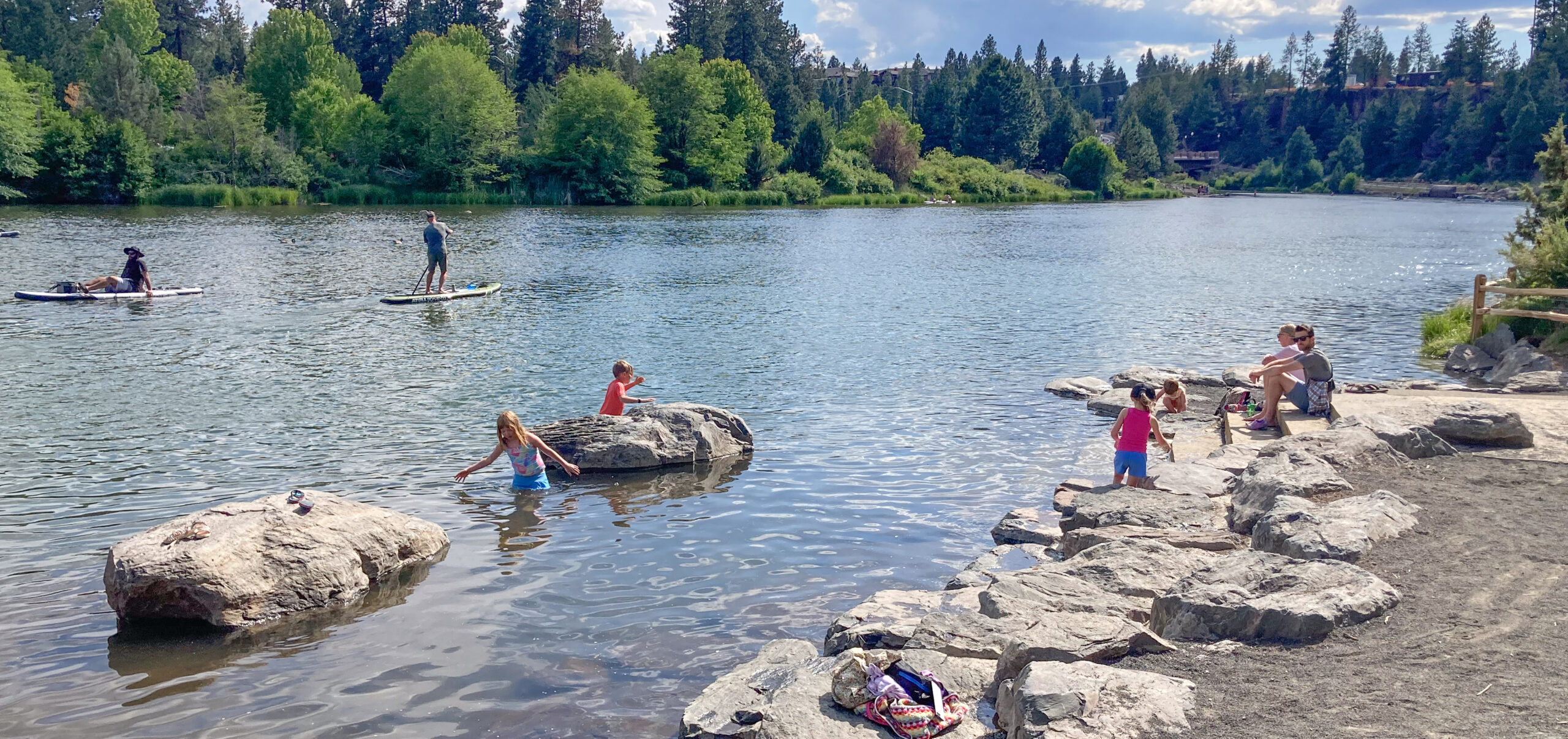
Riverbend South Restoration
This project improves recreational river access and restores sensitive riparian areas along over a quarter mile of the Deschutes River at Riverbend Park.
Why does this project matter?
The constructed river access locations are designed to appear natural and fit the unique high desert river environment yet are engineered to be durable to withstand heavy recreational traffic and river scour without maintenance. This reach of river is enjoyed by hundreds of people every day using multi-use trails along the river to access informal watercraft launch points, and swimming areas, and to enjoy the river experience.
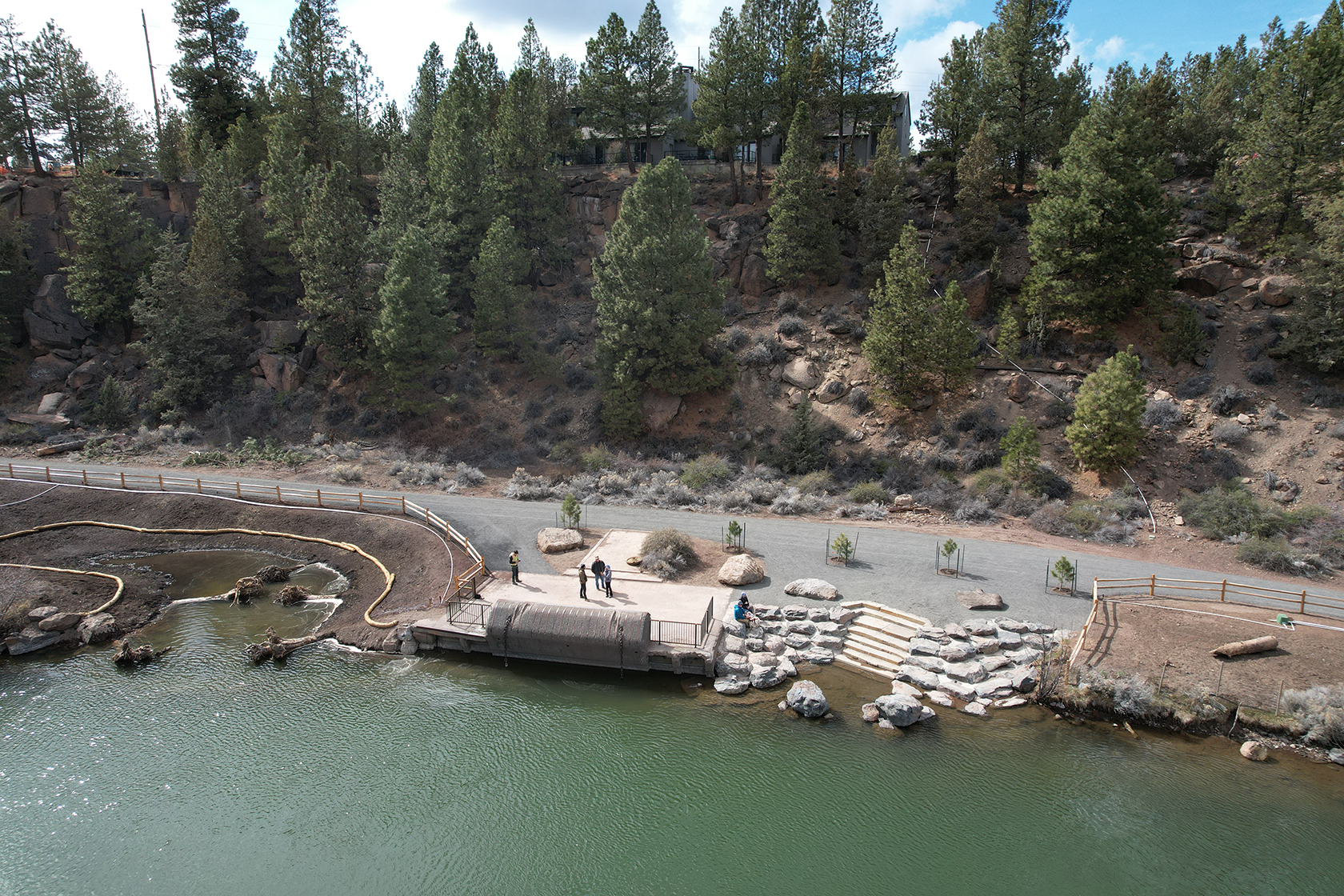
What is ESA doing to help?
ESA is working with the Upper Deschutes Watershed Council (UDWC) and Bend Park & Recreation District (BPRD) to improve recreational river access and restore sensitive riparian areas along over a quarter mile of the Deschutes River at Riverbend Park. Three river access locations have been constructed to improve the experience for a variety of river users. An innovative feature at one key access point is the inclusion of an informal transfer station constructed of natural stone, designed to ease river access for people with disabilities. The constructed river access locations are designed to appear natural and fit the unique high desert river environment yet are engineered to be durable to withstand heavy recreational traffic and river scour without maintenance.
Before: Prior recreational access spots severely degraded and eroded portions of the riverbank. After: The project’s reconstructed access points added boulders and steps to limit erosion.
The project is a critical habitat for the Oregon spotted frog, a listed threatened species under the Endangered Species Act. ESA worked in coordination with U.S. Fish & Wildlife Service (USFWS) biologists to design an inset marsh bench to provide additional Oregon spotted frog habitat, expanding the wetted area of the Deschutes River into an existing denuded area. The design was reviewed with input from Oregon Department of Fish and Wildlife (ODFW), USFWS, and the City of Bend. The project attracted funding from a variety of sources in addition to BPRD funds, including Oregon Watershed Enhancement Board (OWEB) grants for both design and implementation and a private foundation grant.
Connect with our team
Details
Location Bend, Oregon
Market Natural Resource Management
Services
Biological Resources
Climate Change & Resilience
River Engineering & Management
Landscape Architecture
Design
Natural Resources
Notable
This project was awarded the Oregon Recreation and Park Association (ORPA) 2023 Environmental Leadership Award
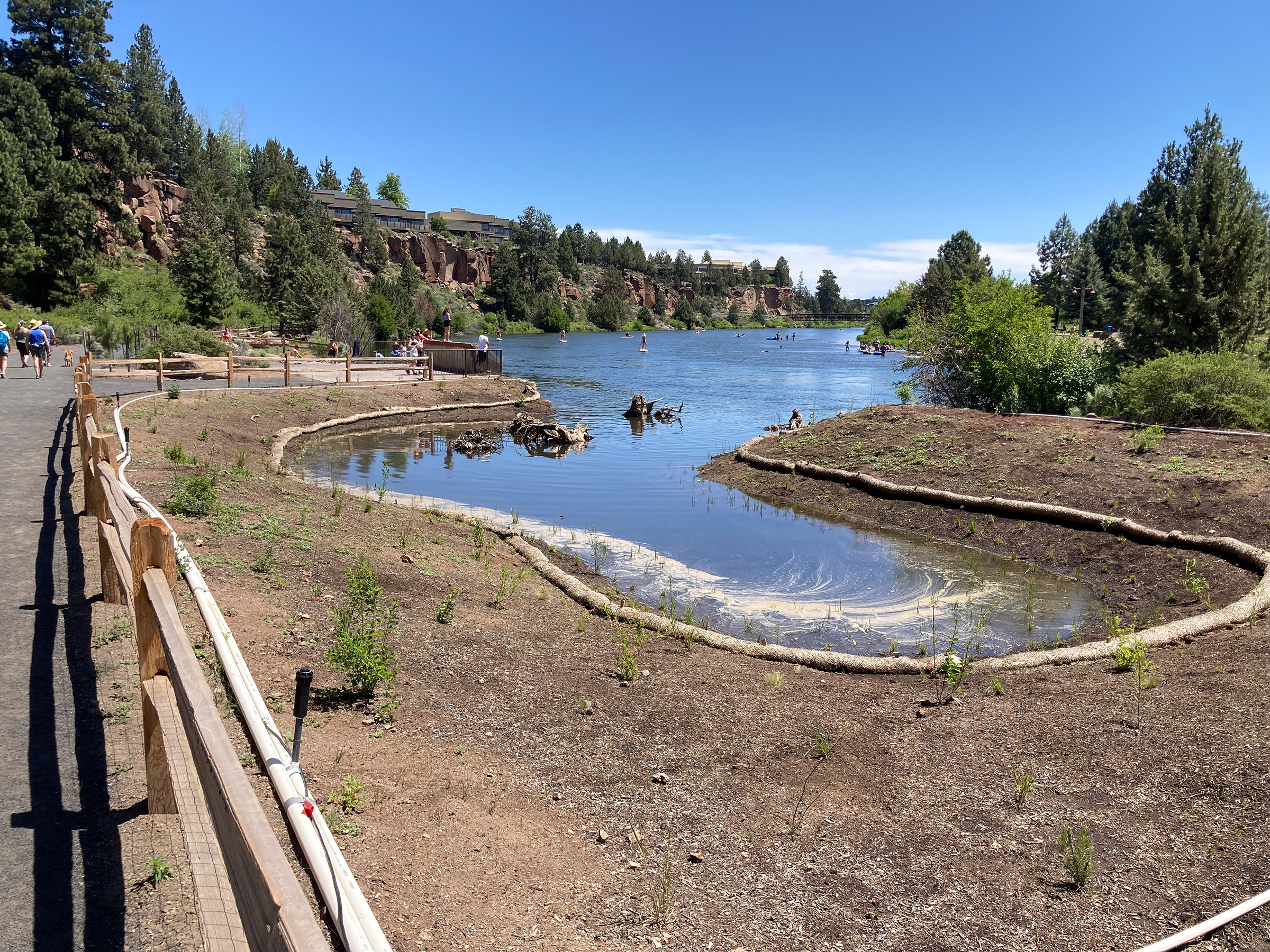
The project features a newly constructed off-channel marsh, and rehabilitated native riparian habitat which supports species like the listed Oregon Spotted Frog.
News & Ideas
If finalized, the Waters of the United States Proposed Rule would reduce the geographic extent...
ESA’s federal strategy and NEPA experts have been staying abreast of the shifts in federal...
As we kick off 2026, our federal policy and permitting experts are hitting the road...
The following speech was delivered on November 7, 2025, in Salt Lake City, at The...
The commercial drone package delivery sector is growing rapidly, with multiple operators looking to gain...
